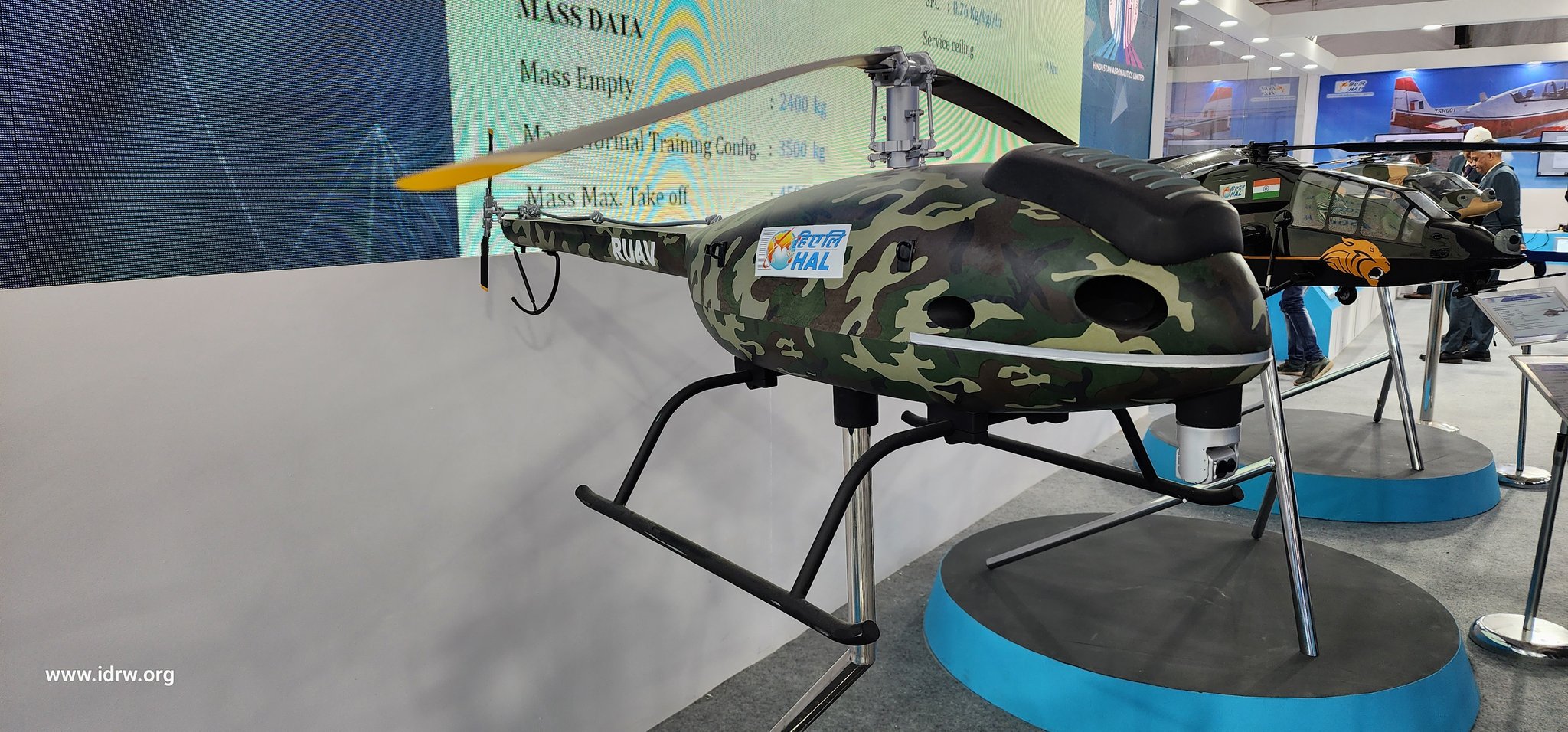SOURCE: IDRW.ORG


The Comptroller and Auditor General of India (CAG) has delivered a scathing critique of Hindustan Aeronautics Limited (HAL) over its Rotary Unmanned Aerial Vehicle (RUAV-200) program, highlighting significant lapses in planning and execution that led to financial losses and missed opportunities in the defense market.
The CAG’s recent report on Project 3 (Rotary UAV Development) underscores HAL’s failure to conduct a detailed market survey or demand assessment before initiating the project, resulting in a product that failed to meet operational requirements and secure defense contracts. With an impaired cost of ?9.54 crore and no lessons learned to guide future endeavors, the RUAV-200 program serves as a cautionary tale for HAL’s ambitions in the unmanned aerial vehicle (UAV) sector. The CAG has recommended sweeping reforms to ensure that future UAV projects are market-driven, operationally viable, and aligned with defense procurement roadmaps.
The RUAV-200 program, sanctioned in 2015 at a cost of ?23.18 crore, was intended to develop a technology demonstrator for a rotary-wing UAV that could serve as a future surveillance platform for India’s defense forces. The project aimed to showcase HAL’s capabilities in the rapidly growing UAV sector, with potential applications in reconnaissance, surveillance, and intelligence gathering. However, the CAG report reveals that HAL embarked on the project without a clear understanding of market needs or defense requirements, a critical oversight that doomed the program from the start.
The RUAV-200, upon completion, fell far short of operational expectations. The UAV had a payload capacity of just 2.5 kg, an endurance of one hour, and a range of 8–10 km—specifications that rendered it unsuitable for most defense applications. Modern military UAVs typically require greater endurance (often 4–12 hours), higher payload capacities (to carry advanced sensors and communication systems), and extended ranges (50–100 km or more) to support missions in contested environments. The RUAV-200’s limited capabilities made it uncompetitive against existing platforms like the DRDO’s Rustom series or imported systems like the Israeli Heron and Searcher UAVs, which are already in service with the Indian Armed Forces.
As a result, HAL failed to secure any defense orders for the RUAV-200, despite its initial investment of ?23.18 crore. The lack of interest from the military led to an impairment of ?9.54 crore, representing a significant financial loss for HAL. The CAG report notes that the project’s failure to align with actual defense requirements not only squandered resources but also damaged HAL’s reputation as a reliable developer of unmanned systems, a field where India is striving to reduce its dependence on foreign imports.
The CAG report identifies several systemic failures that contributed to the RUAV-200 program’s downfall. Chief among them was HAL’s decision to proceed without conducting a detailed market survey or demand assessment. Such an analysis would have provided critical insights into the operational requirements of the Indian Armed Forces, as well as the competitive landscape of the UAV market. By failing to engage with potential buyers—such as the Army, Navy, or Air Force—HAL developed a product that did not meet their needs, rendering the RUAV-200 effectively obsolete upon completion.
Compounding this error was HAL’s failure to prepare a comprehensive “Lessons Learned Report” after the project’s conclusion. Post-project evaluations are a standard practice in the aerospace and defense industries, enabling organizations to document successes, failures, and areas for improvement. The absence of such a report meant that HAL could not leverage the RUAV-200 experience to refine its approach to future UAV programs, perpetuating a cycle of inefficiency and resource misallocation. The CAG emphasized that this oversight prevented HAL from identifying critical gaps in its development process, such as the need for better market alignment and more robust technical specifications.
Recognizing the systemic issues exposed by the RUAV-200 program, the CAG has put forth a series of recommendations to ensure that HAL’s future UAV projects are more successful and market-driven. The committee’s primary recommendation is the establishment of a dedicated Market Research and Demand Forecasting Division within HAL. This division would be tasked with assessing potential buyer interest, analyzing market trends, and forecasting demand before HAL invests in technology demonstrators. By grounding its projects in a clear understanding of market needs, HAL can ensure that its products are both commercially and operationally viable, maximizing the likelihood of securing contracts.
The CAG also recommends that HAL align all future pilot projects with existing defense procurement roadmaps, such as the Indian Army’s Long-Term Integrated Perspective Plan (LTIPP) or the IAF’s Technology Perspective and Capability Roadmap (TPCR). These roadmaps outline the military’s future requirements, providing a clear blueprint for HAL to develop products that meet specific operational needs. For example, the Indian Army has expressed a need for tactical UAVs with enhanced endurance and payload capacities for border surveillance, a requirement the RUAV-200 failed to address.
To further mitigate risks, the CAG advises HAL to secure Letters of Intent (LoIs) from potential buyers before initiating large-scale UAV development projects. An LoI from the armed forces or civilian agencies would provide a clear market pathway, ensuring that HAL’s investments are backed by guaranteed demand. This approach would also foster closer collaboration with end-users during the development phase, allowing HAL to incorporate feedback and tailor its products to specific requirements.
Finally, the CAG recommends that HAL conduct mandatory post-project evaluations, including the preparation of a “Lessons Learned Report,” for all UAV programs. Such evaluations would enable HAL to document successes and failures, refine project planning, and improve risk assessment for future initiatives. By institutionalizing this practice, HAL can build a knowledge base that informs its development processes, reducing the likelihood of repeating past mistakes.
NOTE : Article cannot be reproduced without written permission of idrw.org in any form even for YouTube Videos to avoid Copy right strikes. Websites doing illegal reproductions will get DMCA and Legal Notices.